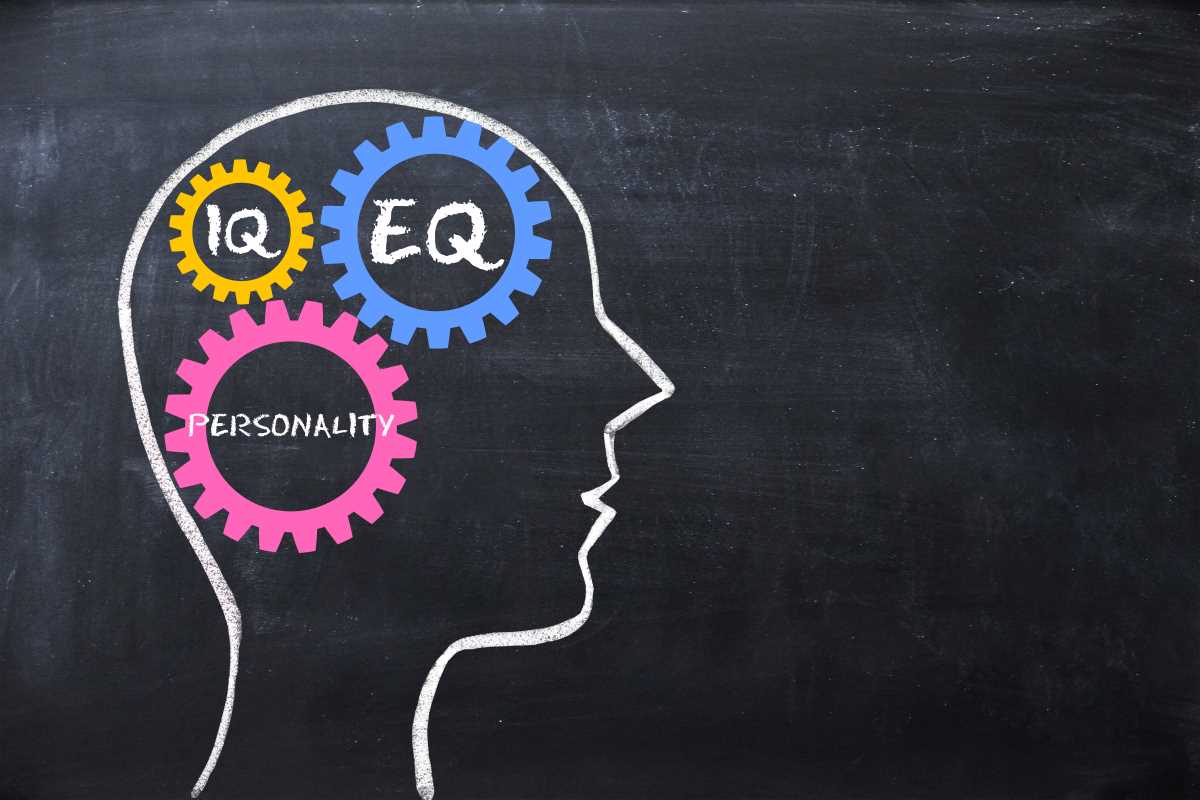Disagreements are a natural part of any workplace, but resolving them can feel much harder when your team is fully remote. Without face-to-face conversations, it is easy for misunderstandings to arise from a brief chat message or a poorly worded email. The lack of non-verbal cues like body language and tone of voice can turn a small issue into a significant conflict. Learning how to navigate these challenges is key to maintaining a positive and productive digital work environment. You can foster better communication and resolve disputes constructively. We’ve got you covered with practical strategies to help you and your team handle workplace conflicts with confidence and care, no matter where you log in from.
Acknowledge the Issue Promptly
One of the biggest mistakes in a remote setting is letting a conflict simmer. It is easy to ignore a tense email or avoid someone on Slack, hoping the problem will simply disappear. This rarely works. In a digital environment, silence can be misinterpreted as anger, agreement, or disinterest, often making the situation worse. Addressing issues quickly and directly is the first step toward a healthy resolution.
How to Take the First Step
You should address the conflict as soon as you recognize it. A simple, private message can open the door for communication. You could say something like, "I sensed some tension in our exchange earlier, and I'd like to make sure we're on the same page. Are you open to a quick chat?"
This approach does a few important things. It acknowledges the issue without placing blame. It shows you value the relationship and are committed to resolving the problem. Taking the initiative demonstrates maturity and a proactive attitude, which can immediately de-escalate the situation and pave the way for a more productive conversation. The goal is to stop a small misunderstanding from growing into a major source of friction.
Move the Conversation to a Video Call
Text-based communication is incredibly efficient for quick updates, but it is a poor tool for resolving sensitive issues. Chat messages and emails lack the nuance of human interaction, making it easy for tone to be misread. A comment meant to be helpful can come across as critical, and a direct statement can feel aggressive. To avoid these pitfalls, you should move any complex or emotional conversation to a richer communication channel.
Why Video Is Better
A video call is the next best thing to an in-person meeting. It allows you to see each other's facial expressions and body language, which provides crucial context that text cannot convey. Seeing the other person can foster empathy and remind you both that you are dealing with a human being, not just an avatar on a screen.
When you suggest a video call, frame it positively. You could say, "I think this conversation is important, and I want to make sure we understand each other correctly. Would you be open to a video call so we can talk it through?" This shows you are taking the issue seriously and are dedicated to clear communication. Make sure you turn your camera on and encourage the other person to do the same. This visual connection is essential for rebuilding trust and finding common ground.
Practice Active Listening
Conflict often arises because one or both parties feel unheard or misunderstood. In a digital setting, the temptation to multitask during a call is high. You might be tempted to check your email or respond to a chat message while the other person is speaking. This disengagement is a major barrier to resolution. Practicing active listening shows respect and is one of the most powerful tools for de-escalating conflict.
How to Listen Actively in a Digital Space
Active listening involves giving the other person your full attention. Close all other tabs and notifications. Look at the camera to simulate eye contact. Let the other person speak without interruption. Your goal is to understand their perspective, even if you do not agree with it.
After they finish speaking, paraphrase what you heard to confirm your understanding. You can use phrases like, "What I'm hearing is that you felt frustrated when the project deadline was moved up. Is that right?" This does two things: it validates their feelings and gives them a chance to clarify any misunderstandings. This simple act can transform a confrontation into a collaboration, as you both work together to define the problem.
Focus on the Problem, Not the Person
When disagreements become personal, they become much harder to solve. It is easy to slip into blaming language, using "you" statements like, "You always miss deadlines," or "You never listen to my ideas." This kind of language puts the other person on the defensive and shuts down productive dialogue. The key to resolving conflict is to separate the person from the problem.
How to Frame the Conversation Constructively
Instead of focusing on personal faults, concentrate on the shared business problem you need to solve. Use "I" statements to express your feelings and needs without assigning blame. For example, instead of saying, "You sent the report with the wrong data," you could say, "I felt concerned when I saw the report because the data didn't match our latest figures. Can we work together to figure out what happened?"
This approach reframes the conflict as a mutual challenge rather than a personal attack. It invites collaboration and problem-solving. Make it clear that your goal is to find a solution that works for everyone and benefits the team or project. This shift in focus makes it easier for both parties to engage constructively without feeling personally attacked.
Know When to Involve a Third Party
Sometimes, despite your best efforts, you may not be able to resolve a conflict on your own. The disagreement might be too complex, emotions might be running too high, or there could be a power imbalance between the two parties. In these situations, continuing to try to solve it yourselves can do more harm than good. Knowing when to ask for help is a sign of strength, not failure.
How to Escalate Respectfully
If you have tried to resolve the issue directly and are not making progress, it might be time to involve a neutral third party, such as a manager, team lead, or HR representative. It is important to approach this step carefully. You should not go to a manager to complain or to try to "win" the argument.
Instead, you can approach your manager together with the other person. You could say, "We are having trouble finding a solution to this issue and we would appreciate your guidance." This presents a united front and shows that you are both committed to resolution. A good manager can act as a mediator, helping to facilitate the conversation, clarify points of confusion, and guide you toward a mutually agreeable solution. This ensures the conflict is handled fairly and professionally.
 (Image via
(Image via





